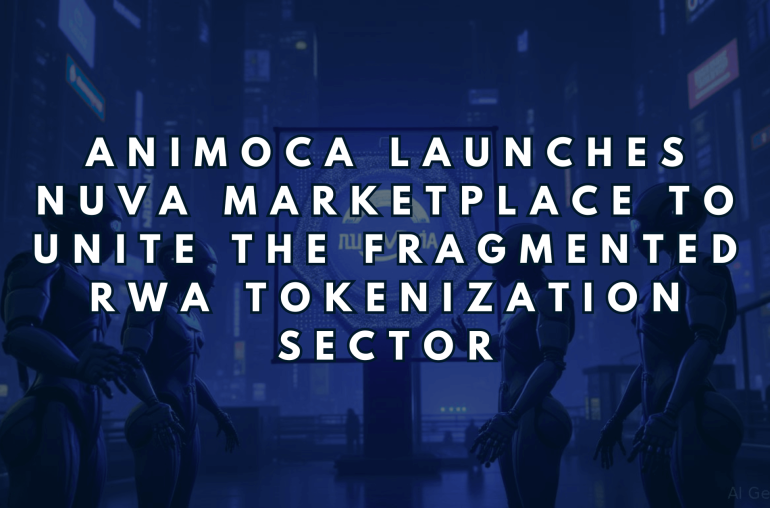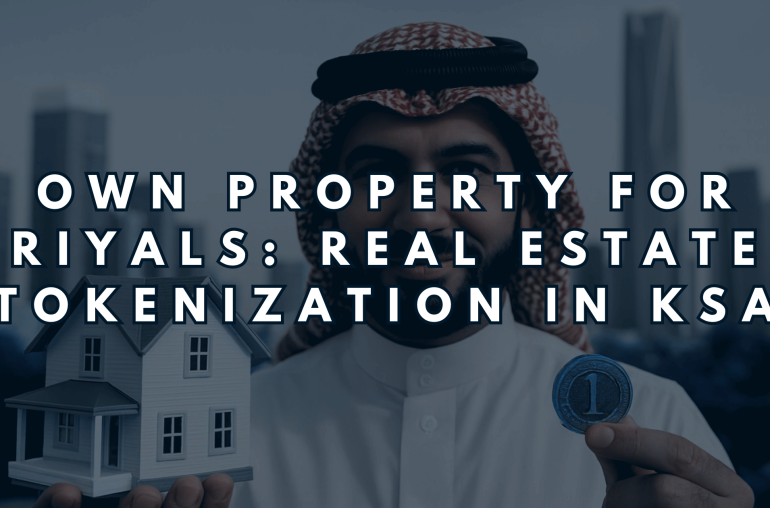Key Takeaways:
- Real-World Assets (RWAs) are digital tokens on a blockchain that represent actual physical or financial items, like real estate or gold.
- The biggest challenge today is that most RWAs are isolated, like digital pictures of an asset, instead of being usable “building blocks” that can connect with the world of decentralized finance (DeFi).
- For RWAs to become truly useful, they need to be designed with compatibility and legal compliance built-in from the start, allowing them to act like “digital money Legos.”
- While RWAs offer exciting new investment opportunities for individuals, the technology is still new, and understanding the risks is just as important as seeing the potential.
If you follow crypto, you’ve heard the buzz about Real-World Assets (RWAs). The idea is to bring things like real estate and gold onto the blockchain. But here’s a secret the hype won’t tell you: most RWA projects are building digital mirrors when they should be building active, usable Legos. Instead of creating financial tools that can connect and build with each other, they’re creating isolated tokens that just sit there.
We’re going to investigate why this is the case and what it really takes to build something useful.
What’s the Big Idea with Tokenized Assets?
Before we dive deep, let’s clarify what we’re talking about. The concept of “tokenization” is actually simple. Imagine you have a physical deed that proves you own a piece of property, and you convert that deed into a secure, digital token that lives on a blockchain; that token is a Real-World Asset.
This can be done for almost anything of value: a bar of gold, a piece of art, a loan, or even a share in a company. The promise is huge: making these assets easier to buy, sell, and trade 24/7, all around the world, but just creating a token isn’t enough to make it useful.
Also read: Is Halal Crypto Investing Possible?
The Core Flaw in RWA in Crypto: Mirrors, Not Money Legos
Here’s where we get to the core of the problem. Most tokenized assets today are like digital photographs or mirrors. They prove ownership, which is great, but they don’t do much else and are often “parked” in a digital wallet, unable to interact with the broader crypto ecosystem.
Think about Decentralized Finance (DeFi) as a big box of digital money Legos. In DeFi, different applications can snap together to create new financial tools. You can lend, borrow, and earn interest on your assets, but for this to work, every Lego block needs to be able to connect with the others.
Unfortunately, many RWAs are not designed this way. They are like off-brand building blocks that don’t fit. This means you might own a token for a piece of real estate, but you can’t use it as collateral for a loan in DeFi or earn a yield on it; it’s valuable, but it’s stuck.
Why Is This Blockchain Technology So Complicated?
You might be wondering, “If the problem is so obvious, why don’t they just fix it?” The main bottleneck comes down to two things: rules and safety.
First, many of these real-world assets, like company shares, are considered “securities” and have a lot of legal rules attached. These rules don’t just disappear when you put the asset on a blockchain. This often forces creators to build “gated” systems with lots of restrictions, which kills the open, connectable nature that makes DeFi powerful.
Second, for big financial companies and institutions to get involved, they need to know the technology is secure, compliant, and much better than their current systems. Their existing tools might be old, but they work and they follow the law. Moving to the blockchain is a huge step, and they need infrastructure that is purpose-built for their needs, with compliance baked in from the start, not just added as an afterthought.
The Risk & Reward of Real-World Assets for New Investors
So, what does all this mean for someone interested in crypto?
The opportunity is exciting. Imagine being able to buy a small fraction of a commercial building or earn income from a loan portfolio—things that were previously only accessible to big investors. When done right, RWAs could open up a new world of investment possibilities and help build a more transparent financial system.
However, it’s important to be realistic about the risks. This is still a very new field. As we’ve seen, many projects are not yet functional or liquid.
The regulations are still being figured out, and as with any investment, especially in crypto, there’s always a risk of losing money. The key is to start by learning and understanding the technology before jumping in.
Conclusion: Building the Future, One Block at a time
The journey of Real-World Assets is just beginning. While the first wave focused on simply creating digital mirrors of assets, the future belongs to those who build true financial building blocks.
For RWAs to succeed, they need to be designed from the ground up to be both compliant with real-world laws and compatible with the digital world of DeFi. They need to be the “money Legos” that everyone can use to build a better, more open financial future. As this infrastructure gets built, we’ll see these assets move from being static tokens in a wallet to becoming active, useful components of the new tokenized economy.
What real-world asset would you be most excited to see on the blockchain? Share your thoughts in the comments below!



